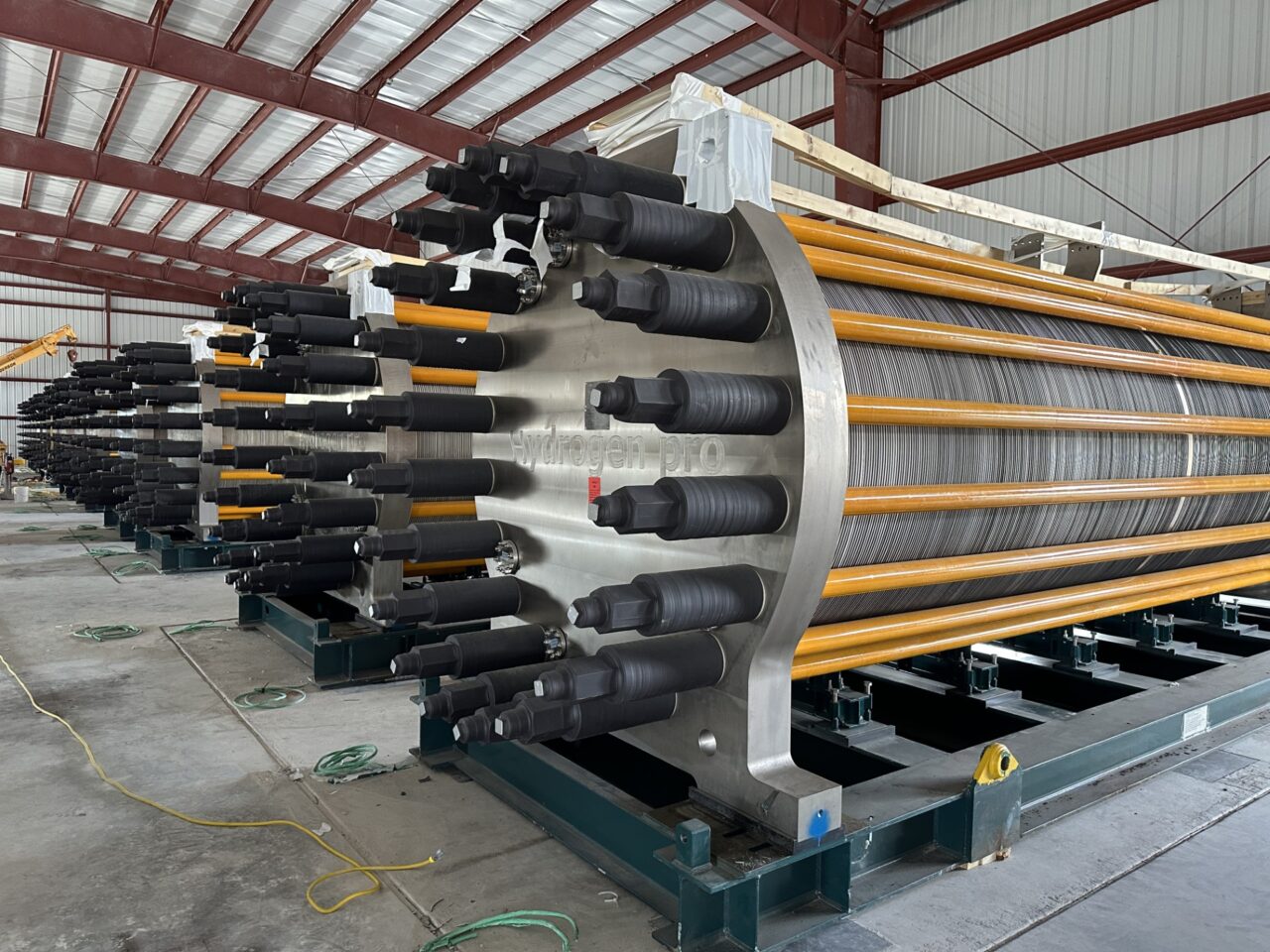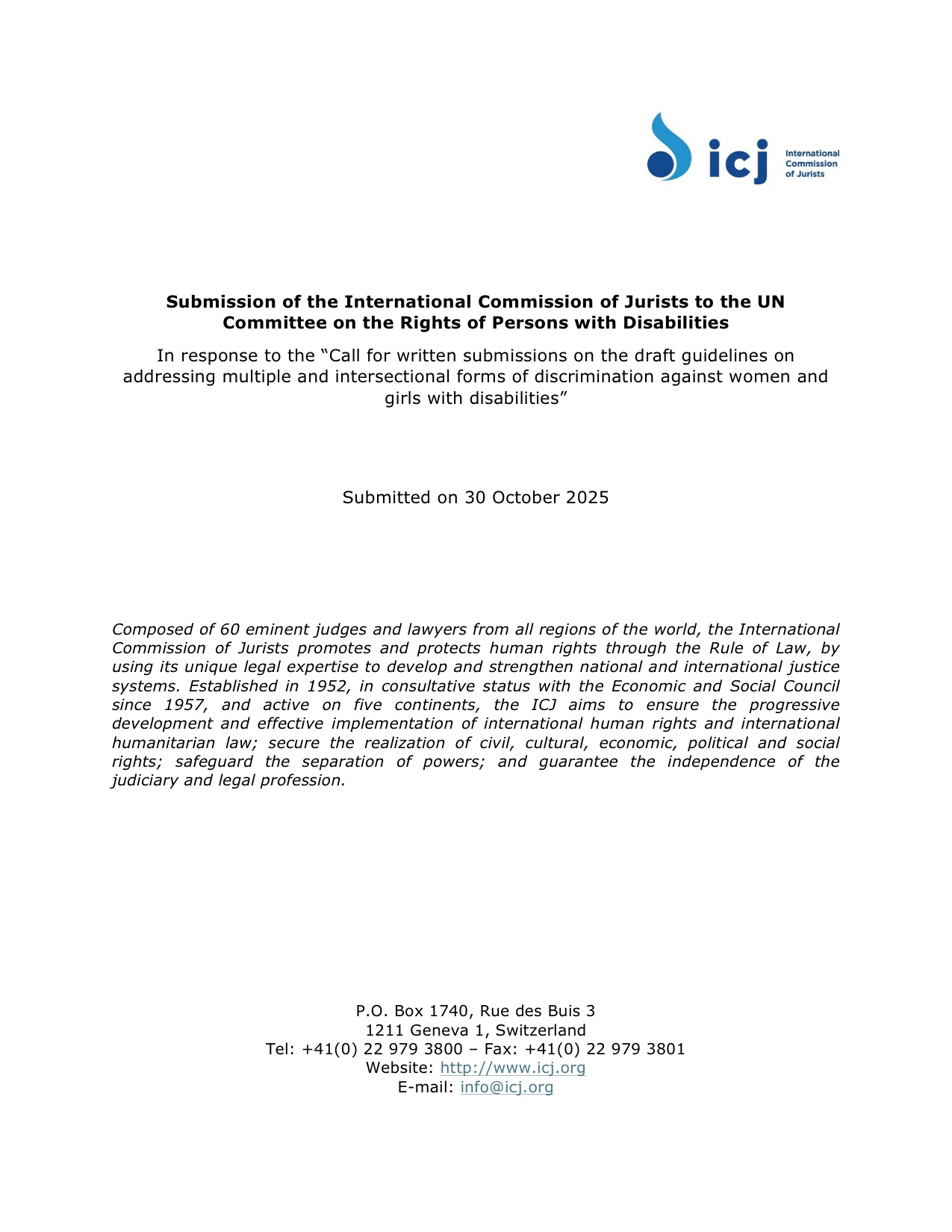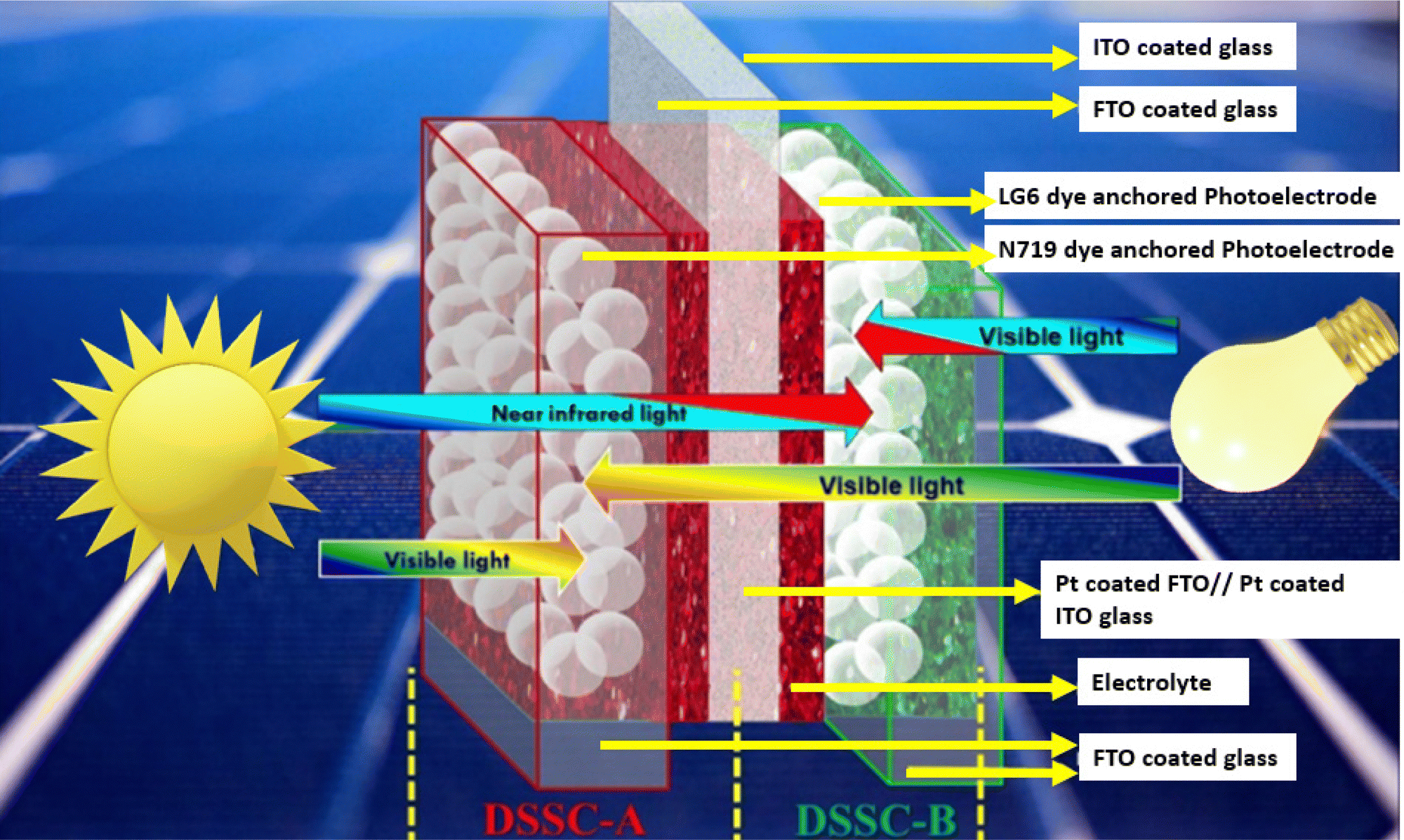Letter: America’s energy policy is a boost for hydrogen – Financial Times

Report on United States Green Hydrogen Policy and its Alignment with Sustainable Development Goals
Executive Summary
Recent legislative developments in the United States have provided significant support for the domestic green hydrogen industry. An analysis of the policy indicates a strong alignment with several key United Nations Sustainable Development Goals (SDGs), particularly those concerning energy, economic growth, innovation, and climate action. The preservation and expansion of tax credits are poised to accelerate project deployment, bolster supply chains, and position the U.S. as a key player in the global transition to clean energy, thereby contributing to worldwide sustainability objectives.
Policy Impact on SDG 7: Affordable and Clean Energy
The U.S. policy framework provides critical regulatory certainty, directly addressing global delays in hydrogen deployment that have been attributed to external economic and geopolitical pressures rather than technological limitations. This initiative is a direct contribution to achieving SDG 7.
- Regulatory Clarity: The new rules establish a clear “game” for investors and developers, mitigating risks associated with regulatory delays, which have hampered progress in other regions like the EU.
- Incentivizing Production: By preserving tax credits for hydrogen production and expanding them for fuel cell installation, the policy actively promotes the scaling of clean energy infrastructure.
- Countering Economic Headwinds: The support helps offset challenges posed by rising energy prices, inflation, and supply-demand imbalances that have previously slowed the progress of green hydrogen projects globally.
Contributions to SDG 8 (Decent Work and Economic Growth) and SDG 9 (Industry, Innovation, and Infrastructure)
The bipartisan support for the hydrogen policy underscores its perceived role in advancing the U.S. national growth agenda and fostering industrial innovation. This strategic focus aligns with the objectives of SDG 8 and SDG 9 by building a competitive and sustainable new industry.
- Fostering a Domestic Industry: The tax credits provide an unexpected but powerful boost to the nascent domestic hydrogen sector, creating a foundation for long-term economic growth.
- Strategic Market Positioning: The policy is framed as a tool for the U.S. to compete for market dominance, ensuring future economic returns and leadership in a critical green technology sector.
- Building Resilient Infrastructure: The accelerated project timeline is expected to fast-track the development of robust hydrogen supply chains and enable a wide range of downstream use cases, stimulating innovation across multiple sectors.
Accelerating SDG 13: Climate Action
The U.S. commitment to green hydrogen serves as a significant measure in the global effort to combat climate change. The accelerated timeline for tax credit eligibility, while challenging, is a key driver for rapid decarbonization in line with the urgency of SDG 13.
- Fast-Tracking Decarbonization: Bringing the construction deadline for production tax credits forward to 2028 from 2033 is designed to expedite project development, increasing the supply of green hydrogen sooner.
- Enabling Downstream Use: A greater supply of green hydrogen is critical for decarbonizing hard-to-abate sectors, contributing directly to national and global climate targets.
- Global Benefit: The expansion of the U.S. hydrogen sector is positioned not merely as a national benefit but as a contribution to the global energy transition, supporting the collective pursuit of a sustainable, low-carbon future for all nations.
Analysis of SDGs, Targets, and Indicators
1. Which SDGs are addressed or connected to the issues highlighted in the article?
- SDG 7: Affordable and Clean Energy – The article’s central theme is the promotion of “green hydrogen,” a clean energy source, through US government policy and tax incentives.
- SDG 8: Decent Work and Economic Growth – The text highlights the role of the hydrogen industry in the US “trade and growth agenda” and the goal of achieving “market dominance,” which implies economic growth and job creation.
- SDG 9: Industry, Innovation, and Infrastructure – The article discusses building a “nascent domestic hydrogen industry,” boosting “hydrogen supply chains,” and fast-tracking projects, all of which relate to industrialization, innovation, and infrastructure development.
- SDG 13: Climate Action – Although not explicitly named, the support for “green hydrogen” and “renewable energy tax policy” is a direct measure to combat climate change by promoting low-carbon technologies.
- SDG 17: Partnerships for the Goals – The article mentions “bipartisan support in Congress” for the policy, which represents a domestic partnership. Furthermore, the tax credits are a mechanism to foster public-private partnerships by incentivizing companies to invest in the green hydrogen sector.
2. What specific targets under those SDGs can be identified based on the article’s content?
-
SDG 7: Affordable and Clean Energy
- Target 7.2: “By 2030, increase substantially the share of renewable energy in the global energy mix.” The article’s focus on “green hydrogen,” which is produced using renewables, and the preservation of “renewable energy tax policy” directly support this target.
- Target 7.a: “By 2030, enhance international cooperation to facilitate access to clean energy research and technology… and promote investment in energy infrastructure and clean energy technology.” The US policy (“OBBB”) promotes investment in clean energy technology by providing “tax credits to produce hydrogen” and for the “installation of fuel cells.”
-
SDG 8: Decent Work and Economic Growth
- Target 8.2: “Achieve higher levels of economic productivity through diversification, technological upgrading and innovation…” The article describes the development of the “nascent domestic hydrogen industry” as a way for the US to compete for “market dominance,” which is a form of achieving higher economic productivity through technological innovation.
-
SDG 9: Industry, Innovation, and Infrastructure
- Target 9.4: “By 2030, upgrade infrastructure and retrofit industries to make them sustainable, with increased resource-use efficiency and greater adoption of clean and environmentally sound technologies…” The article directly refers to the adoption of clean technologies through the “installation of fuel cells” and the production of “green hydrogen.”
- Target 9.b: “Support domestic technology development, research and innovation…” The “One Big Beautiful Bill (OBBB)” is presented as a policy that creates a conducive environment for domestic technology development by giving the “US hydrogen sector an unexpected boost.”
-
SDG 13: Climate Action
- Target 13.2: “Integrate climate change measures into national policies, strategies and planning.” The article explicitly discusses how the “OBBB” bill preserved and expanded “renewable energy tax policy” and “tax credits to produce hydrogen,” which is a clear example of integrating climate-friendly measures into national policy.
-
SDG 17: Partnerships for the Goals
- Target 17.17: “Encourage and promote effective public, public-private and civil society partnerships…” The provision of “tax credits” by the government to private companies like Plug Power is a direct mechanism to foster public-private partnerships to achieve the goal of building a domestic hydrogen industry.
3. Are there any indicators mentioned or implied in the article that can be used to measure progress towards the identified targets?
-
For SDG 7 (Targets 7.2 & 7.a)
- Implied Indicator: Volume of green hydrogen produced. The article’s goal to “fast-track projects” and “boost hydrogen supply chains” implies that the amount of hydrogen produced is a key metric of success.
- Mentioned Indicator: Financial flows for clean energy. The article explicitly mentions “tax credits” as the financial mechanism. The total value of these credits serves as an indicator of government investment and support.
-
For SDG 9 (Targets 9.4 & 9.b)
- Mentioned Indicator: Adoption of clean technologies. The article mentions the “installation of fuel cells” and the number of “projects” being fast-tracked as tangible outcomes.
- Implied Indicator: Growth of the domestic hydrogen industry. Progress can be measured by the development of “hydrogen supply chains” and the overall market size of the “nascent domestic hydrogen industry.”
-
For SDG 13 (Target 13.2)
- Mentioned Indicator: Existence of national policies. The article names the “One Big Beautiful Bill (OBBB)” as the specific national policy that integrates climate action.
-
For SDG 17 (Target 17.17)
- Mentioned Indicator: Value of public-private partnerships. The value of the “tax credits” provided to private industry is a direct dollar-value indicator of the public-private partnership being fostered.
4. Summary Table of SDGs, Targets, and Indicators
| SDGs | Targets | Indicators |
|---|---|---|
| SDG 7: Affordable and Clean Energy | 7.2: Increase the share of renewable energy. 7.a: Promote investment in clean energy technology. |
– Volume of green hydrogen produced (implied). – Value of “tax credits” for hydrogen production and fuel cells (mentioned). |
| SDG 8: Decent Work and Economic Growth | 8.2: Achieve higher levels of economic productivity through technological upgrading and innovation. | – “Market dominance” in the hydrogen sector (implied). |
| SDG 9: Industry, Innovation, and Infrastructure | 9.4: Upgrade infrastructure and industries for greater adoption of clean technologies. 9.b: Support domestic technology development and innovation. |
– Number of “fuel cells” installed (mentioned). – Number of “projects” fast-tracked (mentioned). – Development of “hydrogen supply chains” (implied). |
| SDG 13: Climate Action | 13.2: Integrate climate change measures into national policies. | – Existence of the “One Big Beautiful Bill (OBBB)” as a national policy (mentioned). |
| SDG 17: Partnerships for the Goals | 17.17: Encourage and promote effective public-private partnerships. | – Dollar value of “tax credits” provided to private industry (mentioned). |
Source: ft.com

What is Your Reaction?
 Like
0
Like
0
 Dislike
0
Dislike
0
 Love
0
Love
0
 Funny
0
Funny
0
 Angry
0
Angry
0
 Sad
0
Sad
0
 Wow
0
Wow
0


















-1920w.png?#)






















;Resize=805#)
























.jpg?#)












